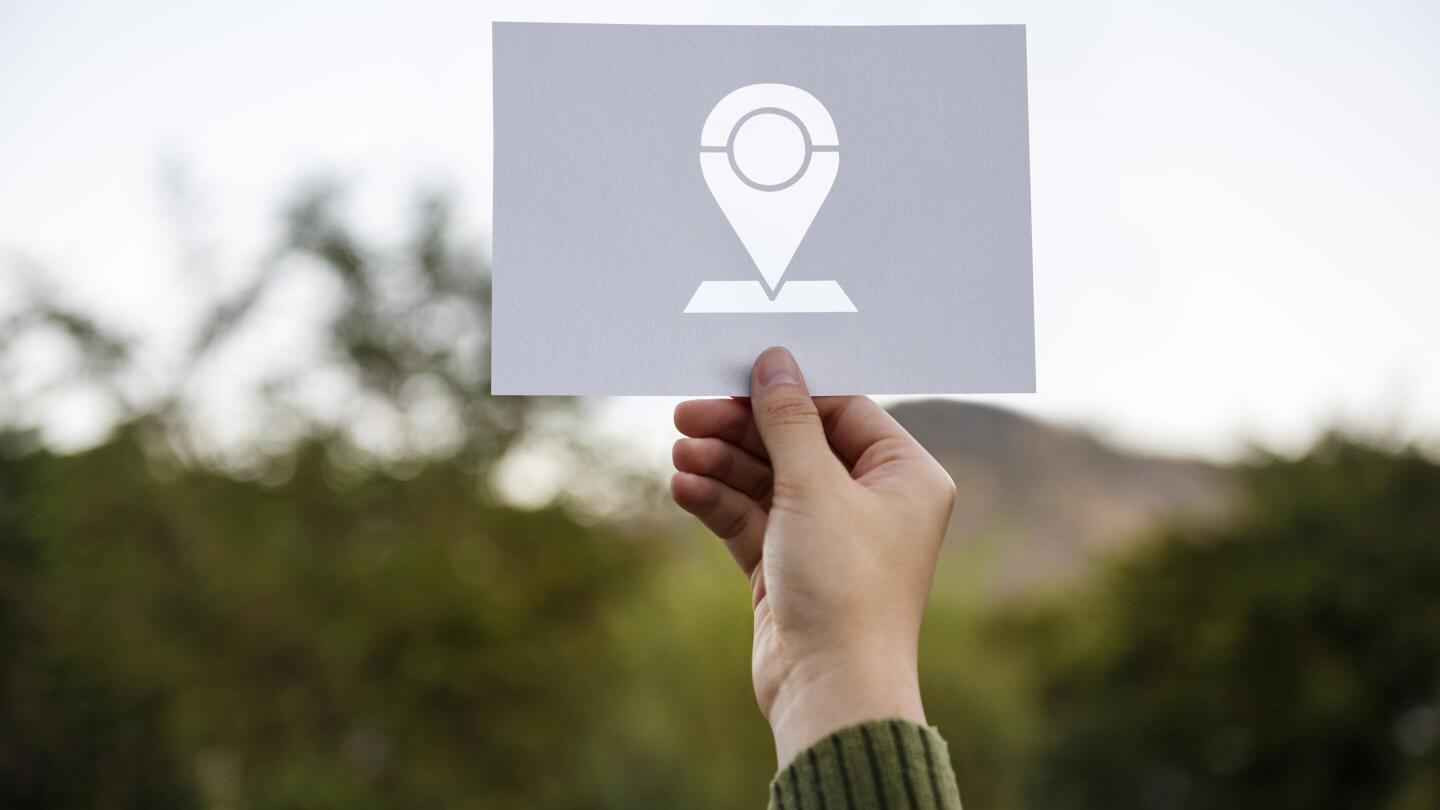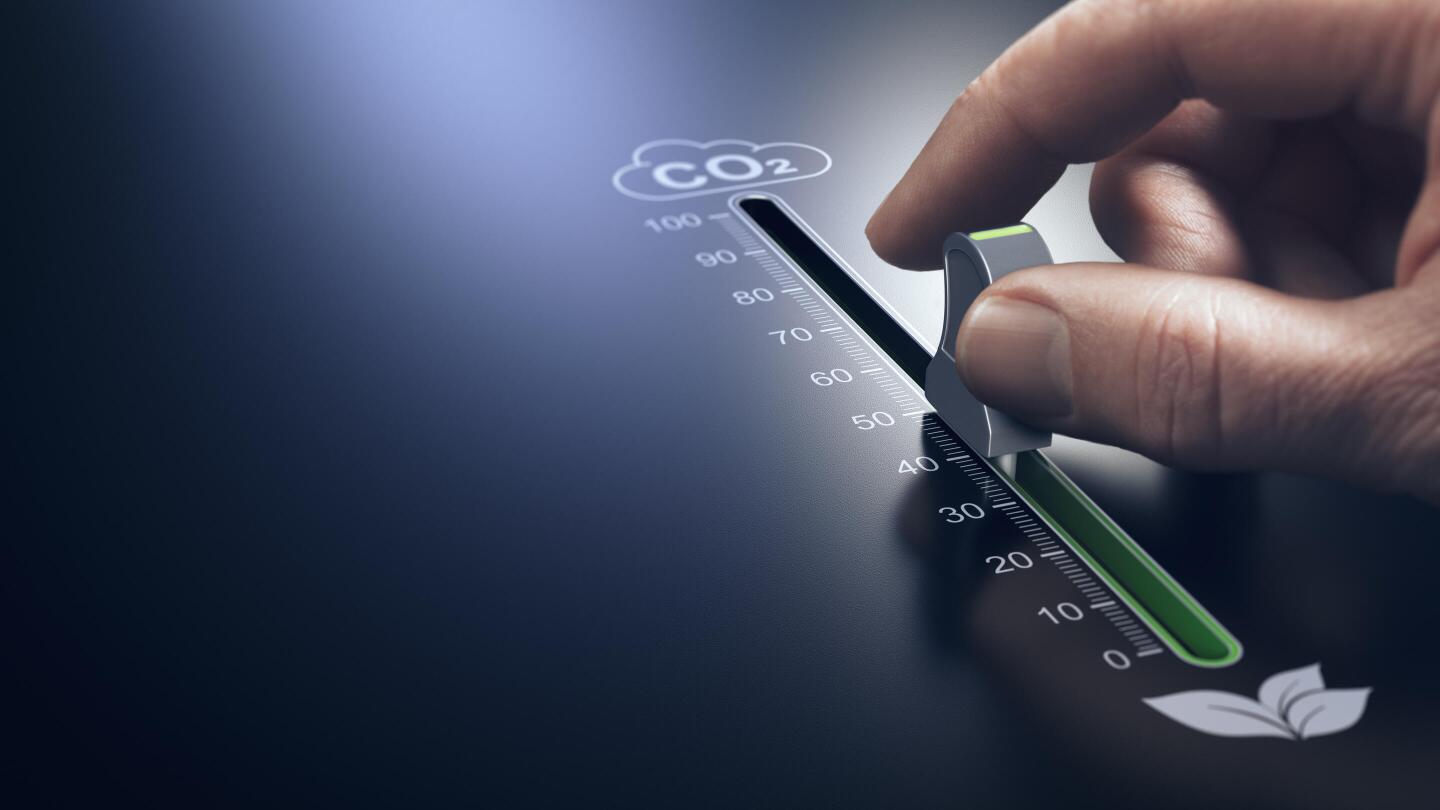
In my last article, we looked at sustainable giveaways. Today, I want to dive deeper into this important topic because, at Sweap, we are convinced that sustainability is no longer a fleeting trend but has become a decisive factor for the success and relevance of events. The expectations of our attendees, sponsors, and potential employees have clearly shifted.
From Trend to Strategic Necessity: The Drivers of Change
This shift, where sustainability transforms from a niche topic into a central success factor for events, is driven by two forces that go far beyond pure idealism. Firstly, market expectations have fundamentally changed. A credible sustainability concept is now a crucial factor for your event's reputation and economic appeal.
Secondly, in addition to this market pressure, an unavoidable legal framework is now emerging. A perfect example is the European Accessibility Act (EAA), which is being implemented in Germany through the Barrierefreiheitsstärkungsgesetz (BFSG) and will become mandatory for many companies by June 2025. Although it primarily targets digital services, it has direct implications for almost every physical event. Your event website, online ticketing, and event app must be accessible. With this, a key aspect of social sustainability is evolving from a voluntary effort into a legal obligation, making it clear: the path to professionalized, inclusive standards is irreversible.
From Knowledge to Action: 7 Simple Tips for Your Sustainable Event
The approach of unifying ecological, social, and now legal requirements in event planning may seem complex at first glance. But the key to success lies in breaking it down into manageable steps. The following 7 simple yet impactful tips show you where you can start to achieve the greatest effect, from planning to execution.
Tip 1: The Event Venue – The Foundation of Your Green Event

A sustainable event begins with consciously choosing the right location.
Don't limit your search for an event venue to just size and aesthetics. Integrate sustainability as a core criterion from the start. Look specifically for recognized certifications like "Green Globe" or "EMAS." During your site visit, ask for details about their energy concept, water management, and waste system. Your proactive stance shows professionalism and signals that these criteria are decisive in the market. A good, sustainable partnership with an event venue can also save you valuable work on future events.
Tip 2: Travel & Mobility – The Biggest CO₂ Lever

Eco-friendly travel is not just sustainable, but also a modern statement.
No single factor impacts an event's carbon footprint as much as attendee travel. A central location with excellent public transport links is therefore a must. Beyond that, create active incentives to leave the car behind: cooperate with rail services, provide secure bicycle parking, or initiate a ride-sharing board. Every guest who makes the switch is a huge win for your event's footprint. Communicate these options prominently on your event website and in your mailings to maximize participation.
Tip 3: Event Catering – Conscious, Regional, and Experiential
A clear conscience and great taste go hand in hand with sustainable catering.
Work with catering partners who use regional, seasonal, and organic products to make sustainability an experience. This reduces transport routes and offers the chance for authentic storytelling about the food's origin. A high proportion of creative vegetarian and vegan dishes should be a given. This not only lowers the CO₂ footprint but also resonates with a modern audience. Plan ahead for unavoidable leftovers—many food banks or food-sharing initiatives are happy to cooperate.
Tip 4: Waste Prevention – The Clear Mission for "Zero Waste"

With the right strategy, "Zero Waste" transforms from an ambitious goal into a lived reality.
When it comes to waste management, the goal is "Zero Waste." Ban single-use plastics and use reusable tableware and decor instead. Involve your event sponsors and exhibitors in this mission by making sustainable booth designs a requirement. This may require more communication initially, but it sends a powerful signal for a high-quality event. A clear and well-marked waste separation system is the basic prerequisite for getting your guests successfully on board.
Tip 5: Digitalization – Your Ultimate Sustainability Booster

Digital check-in not only saves resources but also ensures a seamless start to the event.
The consistent digitalization of your event processes is an enormous lever. Create a paperless experience with digital invitations, tickets, and an event website as a central info hub. This way, you also meet the legal requirements for accessibility (EAA) and make your event accessible to everyone. A digital check-in, like the one you can implement with Sweap, also saves valuable time and resources on-site. Additionally, the digital process provides you with valuable data to help you measure the success of your measures and optimize future events.
Tip 6: Social Sustainability – Putting People First

Social sustainability means actively investing in the local community.
Sustainability goes beyond ecology. Consider the social dimension by actively strengthening the local community. Intentionally hire regional service providers, artists, or support social projects. This not only gives your event an authentic soul but also ensures that value remains in the local economy. A publicly communicated Code of Conduct can also help create a safe and appreciative environment for everyone.
Tip 7: CO₂ Offsetting – Taking Responsibility to the End

Taking responsibility for unavoidable emissions is the final, consistent step toward a climate-neutral event.
Even the best-organized event will have unavoidable emissions. For this remainder, CO₂ offsetting is a transparent and responsible solution. Invest in certified climate protection projects (look for standards like "Gold Standard") to compensate for the remaining carbon footprint. This is the final, consistent step towards a climate-neutral event. Communicate this step and the supported project transparently to your attendees to build credibility and prevent accusations of greenwashing.
Frequently Asked Questions
Not necessarily. While some measures like switching to reusable systems might require an initial investment, you often save money in the long run through lower waste fees, no printing costs, and more efficient resource use. Furthermore, a sustainable image increases your attractiveness to sponsors and attendees.
You don't have to do everything at once. Pick two or three areas that have the biggest impact for your event to start with. Often, these are digitalizing guest management, your choice of catering, or promoting public transport. Every step counts!
Yes, absolutely! Every sustainable event sends an important signal to the industry, your guests, and your partners. It inspires others to follow suit and helps make sustainable practices the new standard. The sum of many small events has a huge impact.
The key is transparency. Be honest about what you are doing and the challenges you face. Communicate your goals, your measures, and your results. A transparent report after the event, including CO₂ offsetting, builds credibility and trust.
Conclusion: Sustainability is More Than Just a Checklist
As you can see, the path to a sustainable event is a multifaceted and incredibly rewarding journey. It's not about being perfect overnight or dogmatically working through a long list of rules. It's about a fundamental mindset. That's why you should make a point of asking the question—with every decision, from the choice of venue to the final digital thank you: "Is there a more sustainable alternative?"
Each of the tips mentioned here is a piece of a larger puzzle. Start where you have the most influence. Perhaps for your next event, it's the complete switch to digital participant management; for the one after, the focus is on purely regional catering. Progress is more important than perfection. The transparent communication of your efforts and successes will not only delight your event guests but also position your brand as responsible and forward-thinking. In a world where authenticity and integrity are increasingly important, this is an invaluable advantage. With it, you are not just designing an event, but the future of our entire industry.
To support you with this first, impactful step in digital participant management, you can book a demo now or test Sweap for free.

